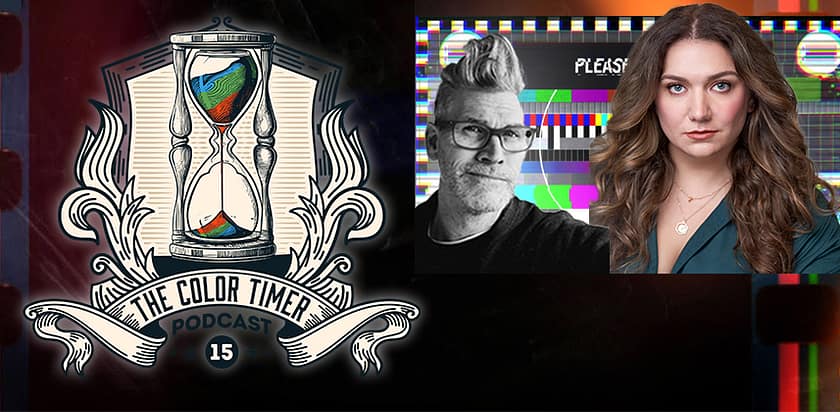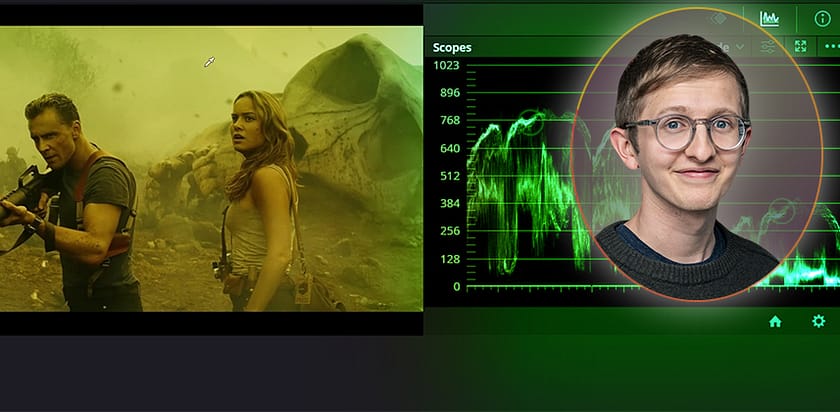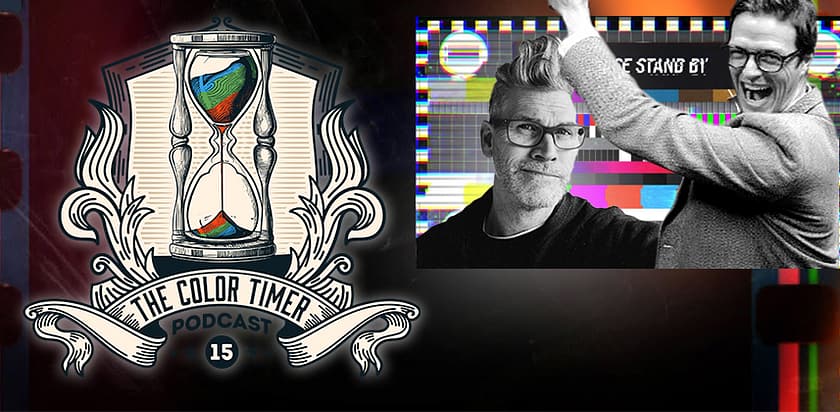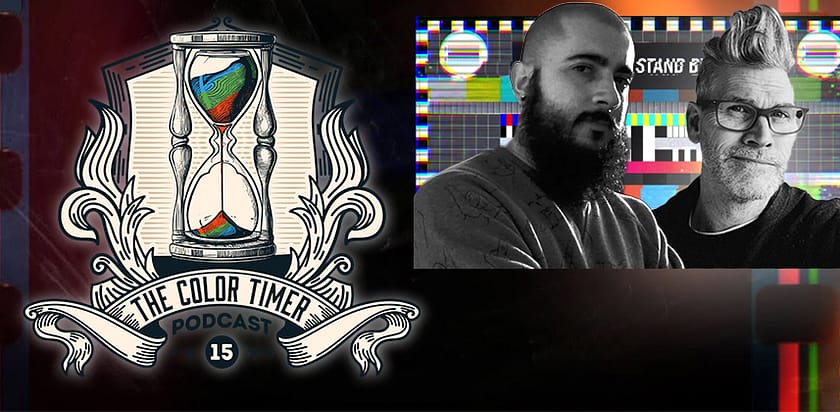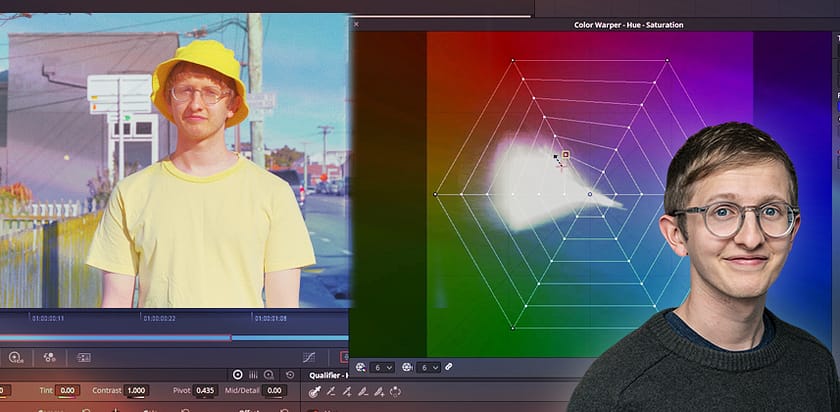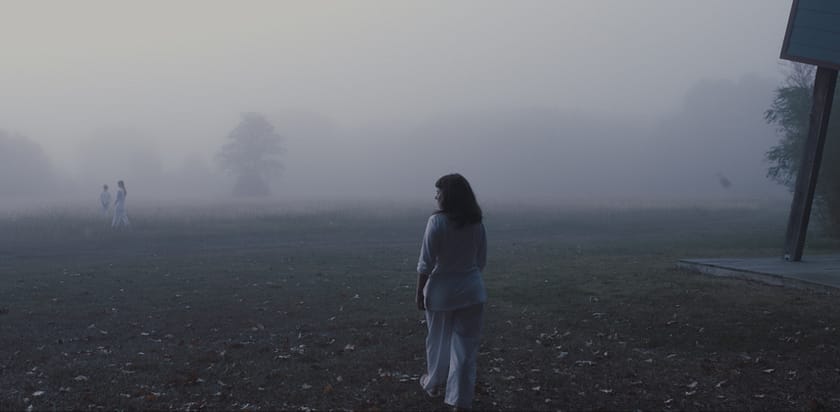Crafting Looks, Building Workflows, and Thriving in a New Market
Senior Colorist Abe Wynen shares how to succeed as a colorist when moving from Melbourne to Toronto and building client trust from scratch.
Mezzo Soprano Emily Harmon: Seeing Color Harmonies In Music
See color differently by understanding the phenomenon of synesthesia, as explored in my conversation with Opera singer Emily Harmon.
Artist Anna Evans: We need to talk about Magenta
What can a contemporary painter teach colorists? Quite a bit about the fundamentals of additive and subtractive primary colors, actually.
The Career Lessons Learned Of Senior Colourist Ferg Rotherham
Senior Colorist Ferg Rotherham shares wisdom learned from his mentors and cinematographers, freelancing, and how to surprise your clients.
Recreating the Kong: Skull Island ‘Toxic Yellow’ Look
Exercise your grading skills by matching Kong: Skull Island's 'Toxic Yellow' look in DaVinci Resolve. Luke Ross shares his approach.
Filmmaker Michael Henry - Being color blind in a visual industry
The Color Timer learns to turn a limited visual color palette into creative strength with professional insights from a color-blind filmmaker.
15 minutes with Color Scientist Matthew Tomlinson
The Color Timer podcast discovers what a color scientist actually does, why they are a colorist's best friend and how to shepherd a show look.
Office Hours LIVE! HDR White, Saturation Controls, New Displays
Mixing Light's professional colorists answer questions on graphic white points in HDR, crafting meaty saturation and the limitations of AI.
15 Minutes with Tattoo Artist Jhon Gutti - The Color Timer Podcast
What does an award-winning tattoo artist have to say about color? Special guest Jhon Gutti talks about shades of gray in his craft and art.
15 Minutes With Legendary Colorist Peter Doyle
The Color Timer Podcast speaks with legendary colorist Peter Doyle on the nature of color, metameric failure, and the 'why' of every grade.
Creative Look Inspiration - Wes Anderson's 'Asteroid City'
Build a low-contrast, targeted saturation look inspired by Wes Anderson’s 'Asteroid City', by learning how to evaluate the production stills.
Working With Reference Images Part 3: Building The Look
Cullen shows how to put the analysis of reference images + analysis of shots on the timeline together to create a cohesive, matching look.
Working With Reference Images: Evaluating Camera Source Footage
In Part 2 learn how you can evaluate the source footage on your timeline to answer: Is this footage a good match for our references?
Working With Reference Images: Part 1
In part 1 of a new series, learn the essentials of how to interpret and read references for contrast, tonality, and other key factors.



